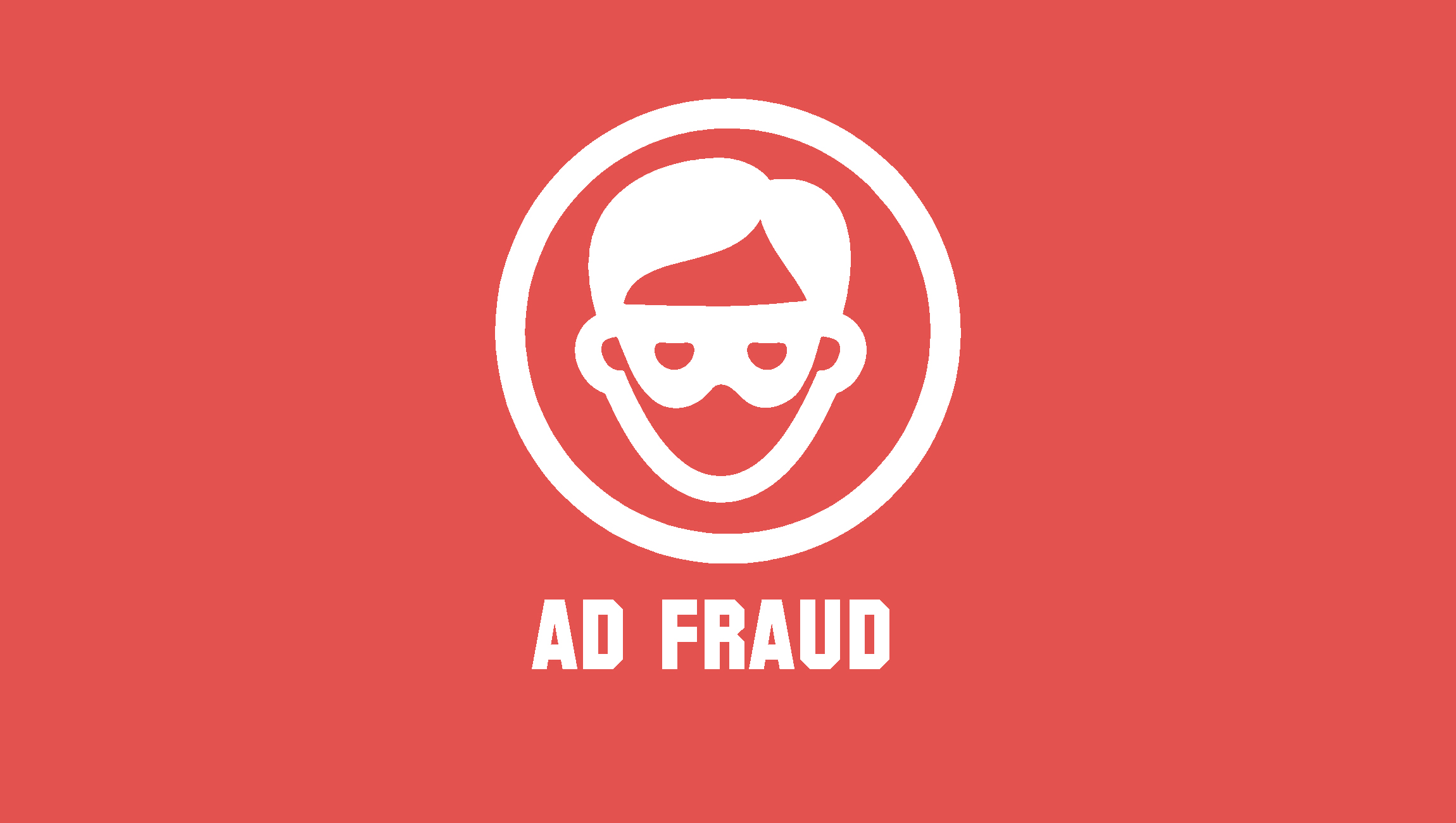 Predicted to cost brands $16.4 billion last year alone, ad fraud is a growing challenge that a marketer can no longer ignore. And with fraudsters constantly adjusting their tactics to evade detection, staying one step ahead can seem like an impossible challenge.
Predicted to cost brands $16.4 billion last year alone, ad fraud is a growing challenge that a marketer can no longer ignore. And with fraudsters constantly adjusting their tactics to evade detection, staying one step ahead can seem like an impossible challenge.
Marketers must educate themselves on the different types of fraud – including the latest tactics – and work with their ad tech partners to protect their campaigns and stay above the fray. In this article, we’ll describe three types of ad fraud marketers need to be aware of and how they can work with partners in the industry to eliminate ad fraud.
Domain Spoofing
When a domain is spoofed, marketers will see a URL that appears to come from a reputable website, but really it’s a trick. When the publisher creates the bid request, they can add whatever URL and page content they choose – it doesn’t need to match the true nature of the website.
An example of this type of fraud, “Methbot”, is estimated to have spoofed in excess of 6,000 publishers’ domains last year, and generated $5 million in fraudulent revenue per day. In addition to wasted ad spend, domain spoofing poses serious risks to brand safety.
Retargeting Fraud
Marketers must also be wary of another emerging type of fraud – bots that mimic a human’s intentions. These bots deceive advertisers by visiting a website and mimicking the behavior of humans who are interested in a specific product, such as a car.
Fooled into thinking they have uncovered a gold mine, marketers may increase their advertising budget accordingly, raising their spend but generating no extra value. According to WhiteOps’ report, more than one in every four retargeting ads falls victim to this type of fraud.
Also Read: OpenX Announces GDPR Publisher Compliance 4 Months Ahead of EU Deadline
Video Fraud
Last, but by no means least, video fraud is also on the rise. As a popular platform for dynamic advertising that engages with audiences and commands higher CPMs, it comes as no surprise that video ad fraud is about twice as common as display ad fraud as bad actors have more to gain by committing this type of fraud.
Fraudsters can covertly replace video ads with static images meaning advertisers lose out on the investment in their creative. Given the scale of programmatic advertising, it may not be feasible for marketers to manually check each ad placement.
Fortunately, Programmatic Direct – an automated buying method that offers the security and guarantees of direct deals – provides marketers with more control on which websites their ads are featured.
Also, watch out for publishers who appear to offer precise targeting through video. Demand far outstrips supply on these formats, so the promise of targeting specific audiences should be met with speculation.
Ad Fraud Prevention
Watchdog organizations – such as the Internet Advertising Bureau (IAB) and the Trustworthy Accountability Group (TAG) – have already begun putting standards in place. Designed to tackle domain spoofing specifically, the IAB’s new ads.txt initiative provides a tool to enable publishers to declare who has the authorization to sell their inventory. While this is a promising starting point, all players in the ecosystem hold their share of accountability of tackling ad fraud.
To reduce their risk of falling victim to fraudsters, marketers should only work with programmatic partners that are fully transparent and accountable, and place quality and fraud prevention as a high priority. For example, marketers need to look for an exchange that’s fully transparent and accountable, with safeguards in place to ensure inventory is real and ads are only shown on the site stated by the publisher.
Marketers should refer to industry measurements such as Pixalate’s Global Seller Trust Index when choosing partners – only working with exchanges found towards the top of the index. The largest marketplaces serve hundreds of billions of impressions a day, so processes to prevent bad players entering the network must be stringent.
Where they identify instances of fraud and misrepresentation, marketers should work with their ad tech partners and insist on full disclosure of all responsible parties. When instances of fraud are discovered, marketers must alert all partners that may be impacted and take the necessary legal action.
An Industry-Wide Call to Action
Combating ad fraud is an industry-wide challenge, and it’s essential marketers keep on top of the latest ad fraud techniques. The three fraud techniques mentioned above are just some of the many tactics that bad actors employ and marketers must take every precaution to ensure their ad spend is going towards achieving their campaign objectives.
Historically, the responsibility of ad quality standards was laid at the door of publishers. But in reality, ad quality involves a substantial amount of work that must be tackled by participants across the board – and marketers have a big role to play.
Recommended Read: Marketers With Successful Fraud Protection Solutions Have A Competitive Edge











